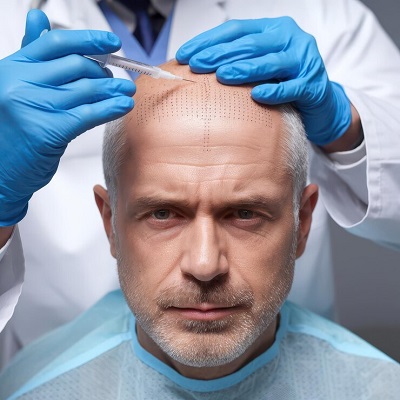 Have you observed a widening bald spot on the lower back of your head and are puzzled whether a hair transplant can repair it? You’re now not alone. Hair loss in the crown location, the peak, is a common problem among men and women. But is a hair transplant truly successful in this area?
Have you observed a widening bald spot on the lower back of your head and are puzzled whether a hair transplant can repair it? You’re now not alone. Hair loss in the crown location, the peak, is a common problem among men and women. But is a hair transplant truly successful in this area?
Quick Facts:
- Procedure Name: Crown Area Hair Transplant
- Best For: Male/female pattern baldness inside the crown
- Techniques Used: FUE & FUT
- Downtime: 5–7 days
- Visible Results: 3 to 6 months
- Lasting Results: Often permanent
- Pain Level: Mild pain, workable
- Sessions Needed: 1–2 (depending on severity)
- Surgeon: Dr. Shahnaaz Muzzam
- Clinic: Royal Hair Transplant Clinic Islamabad
Understanding Crown Hair Loss
The crown area is regularly one of the first locations where thinning starts, particularly in men laid low with male pattern baldness. The hair here tends to spiral in pattern, and it can be trickier to cover due to its circular form and the scalp’s curvature. However, contemporary techniques like FUE (Follicular Unit Extraction) and FUT (Follicular Unit Transplantation) have extensive progressive results, even in this difficult zone.
Why the Crown Area is Tricky
Hair transplants within the crown aren’t similar to the ones done inside the frontal hairline. The place calls for
- High-density grafting for correct insurance
- Strategic placement to mimic the natural swirl pattern
- Patience, as regrowth takes time, from time to time, one year or more
Yet despite those challenges, achievement charges are excessive with skilled surgeons and proper planning.
Is the Crown Area Transplant Effective?
Yes! With superior tools, precision, and expert planning, crown transplants can produce herbal, dense, and everlasting effects. Dr. Shahnaz Muzzam, a pro hair healing specialist at Royal Hair Transplant has effectively restored crowns for hundreds of patients through the use of customized techniques.
Key Success Factors:
- Healthy donor place: More grafts may be placed than inside the front area
- Surgeon’s expertise: Designing the spiral is an art
- Post-care compliance: Following aftercare instructions speeds recovery
- Realistic expectancies: Results take time; however, they’re well worth the wait
Techniques Used in Crown Transplants
There are 2 main approaches:
FUE (Follicular Unit Extraction):
Minimally invasive: a person’s hair grafts are extracted and implanted.
FUT (Follicular Unit Transplantation):
A strip of scalp is eliminated, and follicles are separated before placement.
Most patients opt for FUE because of quicker restoration and minimal scarring, even though FUT may be recommended for extreme baldness or when higher graft counts are desired.
Results to Expect
Results from a crown hair transplant typically begin to appear around 3–4 months post-procedure, with complete growth visible between 9 and 12 months. The transplanted hair will develop completely like your natural hair.
Patient Experiences:
- Months 1–2: Mild loss (every day)
- Months 3–6: Fine hairs start to grow
- Months 6–12: Noticeable improvement in density and sample
- After 1 Year: Final outcomes, long-lasting, and naturally searching
The Cost of a Crown Hair Transplant in Islamabad
The cost of a crown hair transplant in Islamabad typically ranges from PKR XYZ to PKR XYZ.
This depends on the number of grafts required and the method used. The crown frequently wishes for better density, which can increase the price compared to the front hairline transplants.
Factors That Affect the Cost:
- Number of grafts required
- Choice between FUE and FUT
- Experience of the surgeon
- Complexity of the baldness pattern
- Clinic’s area and infrastructure
Book Your Consultation Right Now!
Don’t wait for your crown to thin out; early action delivers higher, denser results. Visit Royal Hair Transplant Clinic Islamabad, where Dr. Shahnaz Muzzam uses her considerable experience and inventive capabilities to repair not just hair but also confidence.
Whether your hair loss is slight or advanced, a tailored consultation will help you decide on the best route of action. Every patient is specific, and so is their hair restoration plan. Take the first step closer to a fuller crown and a more assured you.
Book your session today: your transformation awaits.



 Hair loss is a very common issue nowadays, but not everyone wants to go for a surgical solution like a hair transplant due to their long recovery period and high costs. In those cases non non-surgical options like scalp micropigmentation are best. But the question is,
Hair loss is a very common issue nowadays, but not everyone wants to go for a surgical solution like a hair transplant due to their long recovery period and high costs. In those cases non non-surgical options like scalp micropigmentation are best. But the question is, 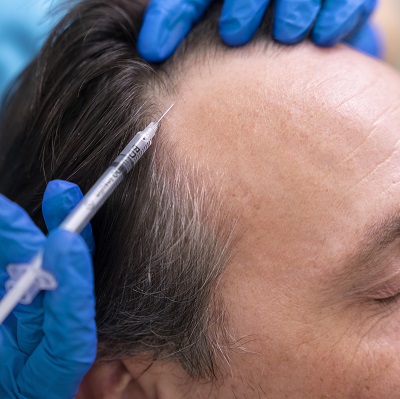
 If you have hair PRP for hair restoration, then you must be thinking about several things, what you can do and what you cannot. One of the most asked questions after PRP is “Can I comb my Hair after PRP?” That’s a good thing to ask, as aftercare is very important.
If you have hair PRP for hair restoration, then you must be thinking about several things, what you can do and what you cannot. One of the most asked questions after PRP is “Can I comb my Hair after PRP?” That’s a good thing to ask, as aftercare is very important.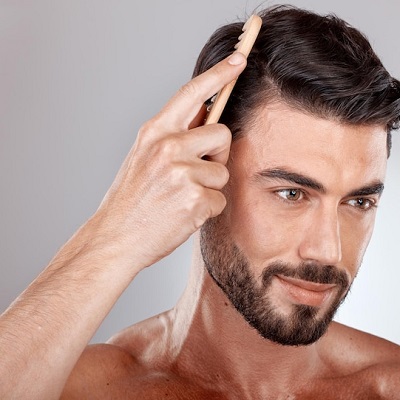
 Hair transplant is one of the best solutions for hair loss, but most people worry,
Hair transplant is one of the best solutions for hair loss, but most people worry,
 The most affected area of hair fall is the crown. Most of the victims are opting for a hair transplant.
The most affected area of hair fall is the crown. Most of the victims are opting for a hair transplant. 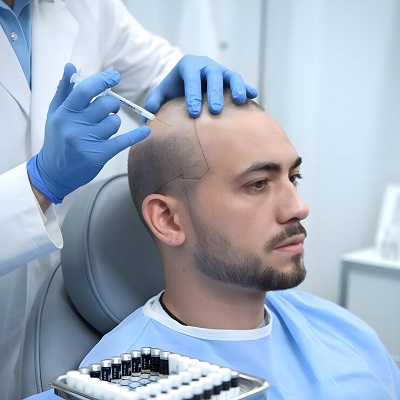
 Did you already know that the crown (or vertex) is one of the first and most stubborn areas to show symptoms of hair loss, especially in men? Many human beings begin noticing a small, round bald spot that progressively expands over time. While this might appear to be a beauty problem at the start, it could take a toll on self-esteem. If you’re wondering, “
Did you already know that the crown (or vertex) is one of the first and most stubborn areas to show symptoms of hair loss, especially in men? Many human beings begin noticing a small, round bald spot that progressively expands over time. While this might appear to be a beauty problem at the start, it could take a toll on self-esteem. If you’re wondering, “
 Thinking about a hair transplant, however, I don’t know which method is better,
Thinking about a hair transplant, however, I don’t know which method is better, 
 One of the most common areas that suffers from hair loss is the crown. It can be very annoying and heartbreaking to lose your hair. Most of the patients worry that
One of the most common areas that suffers from hair loss is the crown. It can be very annoying and heartbreaking to lose your hair. Most of the patients worry that 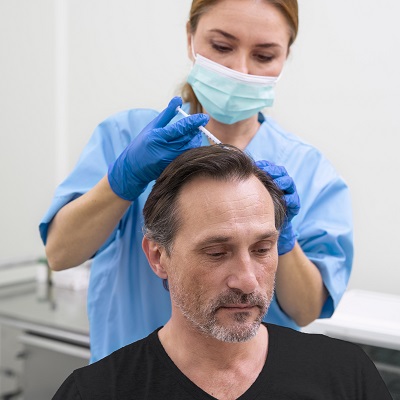
 Hair transplants have become one of the most effective and permanent solutions for hair loss. Whether you are dealing with male pattern baldness, thinning hair, or scarring alopecia, modern hair transplant techniques can restore your confidence and natural appearance. However, one of the most common concerns patients have before undergoing a hair restoration procedure is: “Are hair transplant scars visible?”
Hair transplants have become one of the most effective and permanent solutions for hair loss. Whether you are dealing with male pattern baldness, thinning hair, or scarring alopecia, modern hair transplant techniques can restore your confidence and natural appearance. However, one of the most common concerns patients have before undergoing a hair restoration procedure is: “Are hair transplant scars visible?”
 Is Scalp Micropigmentation (SMP) Safe for Hair? | Royal Hair Transplant in Islamabad
Is Scalp Micropigmentation (SMP) Safe for Hair? | Royal Hair Transplant in Islamabad